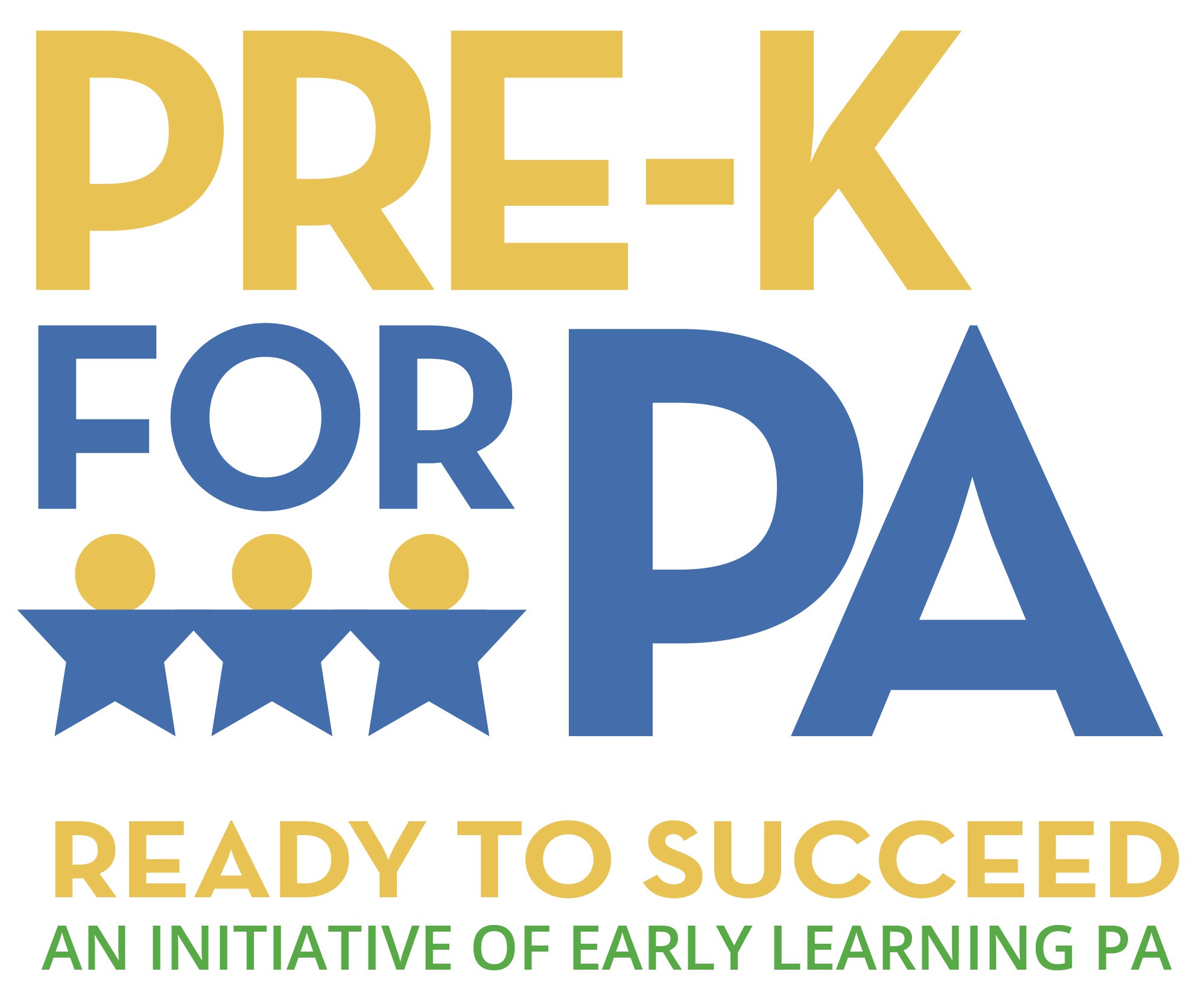Times Leader: Report: No publicly funded pre-school for 70 percent of eligible students
December 15, 2016 by Mark Guydish
An online map released Wednesday allows anyone with a computer and internet connection to check preschool availability throughout Pennsylvania, and the news is grim locally.
According to data on the map, 70 percent of children ages 3 and 4 in Luzerne County school districts who are eligible for publicly funded preschool can’t get into a program for one simple reason: There aren’t nearly enough slots available.
The map, posted by the Pennsylvania Partnerships for Children at papartnerships.maps.arcgis.com, provides data for state Senate districts, state House districts, or school districts.
In each case, it shows the number of children ages 3 and 4, the number and percent of those who are economically eligible for “high quality, publicly funded pre-k,” and the percent of those eligible but “unserved. It also shows locations of pre-k services, both publicly funded and private.
Children are eligible if family income is at or below 300 percent of federal poverty level (or $72,900 for a family of four).
A persistent proponent of early childhood education, Pennsylvania Partnerships for Children repeatedly has pushed for increased state funding for programs. The map was released as part of “A Path Forward,” an effort to get Harrisburg lawmakers to increase pre-kindergarten spending by $85 million next year, providing service to another 10,000 children.
While the organization does not specify where the money would come from, it routinely cites studies saying such investments pay up to 17-fold in savings because children who get solid educational support early on are less likely to require more costly special education services later, end up in the justice system, or end up on welfare.
During a web-based presentation, Partnerships President Joan Benso said the ultimate goal is to “ensure that every child eligible for publicly funded pre-k gets the opportunity.”
Benso conceded there are problems with rapid expansion. Existing providers might need support in scaling up for a big surge in enrollment, and pay for employees generally has been flat for nearly a decade. “There has been no child care pay increase from the state since 2007 for most providers,” Benso said.
Partnerships has a suggested four-step “path forward,” with the first step being the most costly: Along with an increase of $85 million in state spending on pre-k next year, it calls for “growing the investment to an additional $340 million by 2020-21.
It calls for another $100 million by 2022-23 to begin serving children in families with incomes above the 300 percent-of-poverty threshold.
Read the full article here.





